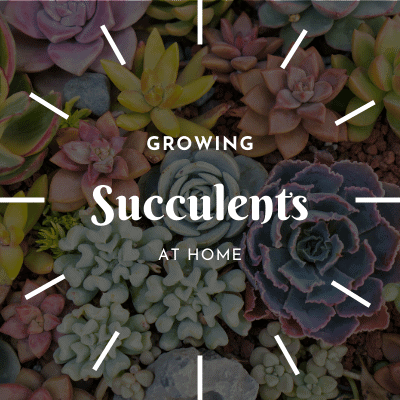A Guide to Planting and Growing Succulents
Succulents are beautiful plants that are extremely easy to care for, which makes them the perfect houseplant for anyone with a less-than-green thumb. Today we’re taking a very close look at succulents and helpful info on how to care for them.
We’ll also go over commercially available succulent potting soil mixes, and even share a recipe on how you can save money on materials by making your own DIY potting soil mixes at home. Finally, we’ll share a few interesting types of cacti you can buy live online or at your local garden center. But first…for those of you too busy to read the whole post, scroll down just a bit more for our top picks to get you started growing amazing succulents like these:
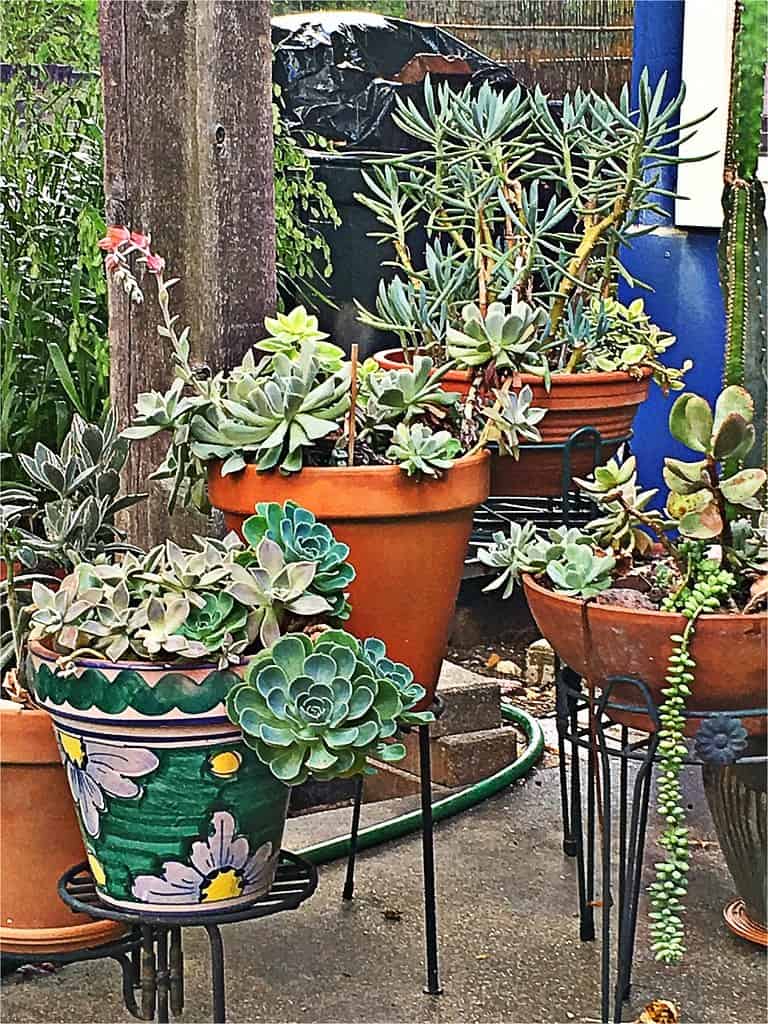
BUY OUR TOP PICK: HOFFMAN SUCCULENT MIX ON AMAZON
When you first search for succulent soils, one name consistently shows up at the top of each category with five stars from hundreds of reviews – Hoffman Soil. If you’re planning to make a small outdoor container garden with cacti, this is a great soil choice. Below we have also listed an item from Miracle Gro and a few pros and cons to help you decide between the two potting soil options:
PROS
- Organic Potting Mix
- Best Soil: Formulated for desert and jungle cacti
- Soil Drainage and PH Carefully Balanced
- Comes in 10 Quarts Potting Mix bag
CONS
- Might Need Peat, Vermiculite, Pumice or Perlite to work best
- Slightly more expensive than Miracle Gro at present time
Hoffman succulent soil mix currently has 624 reviews and an average of 4.5 stars on Amazon. It’s the best soil we found based on great customer feedback. If you’re looking for a simple, yet high quality soil mix in a single package, then this is the best option to start with and avoid having to custom mix your own type.
PROS
- One of the Gardening Brands We All Already Know (4.5 Stars!)
- Get 16 quarts of succulent soil with the 2-pack
- Fast water draining formula
CONS
- May require addition of sand, 1/2 part perlite and peat moss
- Not labeled as having an organic blend of ingredient mix
Miracle Gro succulent soil mix currently has 128 reviews and an average of 4.5 stars. It’s slightly cheaper than Hoffman at the time of writing, and there’s no need for introduction…The name says it all because this is a gardening brand that everyone knows well. You see it in home improvement stores everywhere!
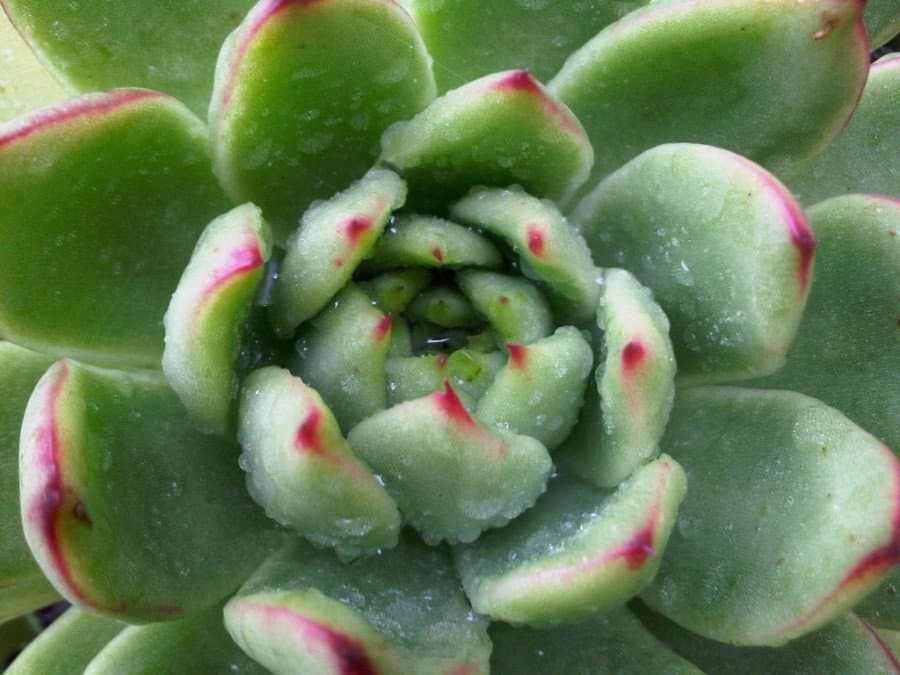
BUY SELECT SUCCULENT PLANTS ON AMAZON
Before we get into caring for your cactus and succulents, check out a few more of these assorted plant kit options. Combined with either soil mix recipe linked above, this is all the information you need to get started growing all kinds of succulents from Aloe to Air Ferns – which are not actually succulents by the way.
Affiliate Links:
Comprehensive Succulent Care Guide
Succulents are easy to care for as we already mentioned. The key thing to remember is they do not use a lot of water. They’re the perfect option for busy on-the-go apartment dwellers who travel a lot. You get a similar look and style to a bonsai without all the work. Both their small size and ability to last through drought conditions appeal to interior designers looking to liven up color in a location or place with living plants. So, please try succulents out, even if you’ve had trouble with similar houseplants in the past. Let’s take a look at how to get started with succulents:
Make The Perfect Potting Soil for Succulents with this Homemade Mix
Water drainage in the soil is the most important factor for consideration here. These succulents are so well adapted to drought conditions that their roots are prone to rotting from too much water. The ideal soil contains a lot of fine sand, granite and other coarse inorganic minerals. My Aunt Shirley even used to ad pieces of chicken grit to help with drainage sometimes.
Many garden centers even add peat moss to the soil or a bit of organic pine bark into the mix for added structure. In nature, these succulent varieties are used to soil that gets water saturated and then quickly dries up until the next rain event brings more water. Time-tested gardening wisdom says potting soil for succulents should mimic those natural soil characteristics closely. Get your soil right, and you may even be rewarded with flowers in early June!

Take Care Repotting Succulents in a New Mix!
While most of the succulents you’ll find for sale don’t require a large pot of soil or take up a lot of space, you definitely want to give your succulent a little room on each side to grow. Repotting succulents should be done with care, especially if they have cactus needles! Simply fill your new pot 2/3 full with the correct potting soil. You may want to add some kind of pebbles or gravel to the bottom area for improved aeration and water draining.
- Gently remove succulent from existing pot
- Gently remove most of soil from roots
- Dig shallow hole to plant root line
- Fill potting soil in around plant roots in new pot
Check out this DIY Network article for detailed instructions before we get into DIY mix making.
DIY Succulent Soil Mix
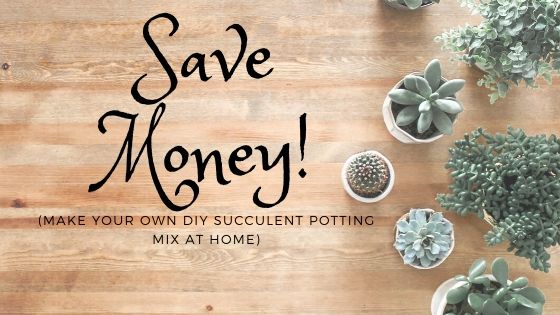
You can definitely save a little money and get more precise control over your mix with this soil recipe. Plus, you’ll only need these
3 low-cost ingredients to make it:
- Potting Soil or Compost
- Coarse sand mix or grit
- Perlite or lava rocks
Depending on the soil requirements for your specific plant, you’ll want to use between 2-3 parts potting soil to every one part of each of the other two ingredients. Succulents that are more prone to root rot should have less soil.
Coco and Sand?
Instead of just mixing sand and pebbles with potting mix, many garden pros like to add a small part of coconut coir to the soil. If you do, go for the following ratio to make the best cactus and succulent soil:
- 2-3 parts soil
- 1 part coarse sand
- 1/2 part perlite
- 1/2 part coir
The next step is to simply blend all of these together by hand. Once it’s all mixed thoroughly, you’ll have the absolute best soil for succulents.
Simple Drainage Hack
You’ll always want to use a pot with a water drainage hole in the bottom to keep moisture levels low. Another thing you should do is to place some larger rocks or granite pebbles in the bottom 1/8th of your potting container. Then you can add your mix on top of that base and it will drain water much better.
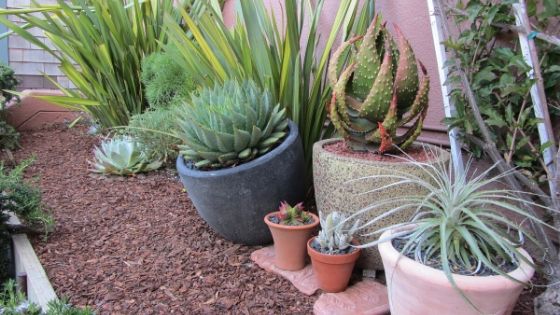
Signs of Distress in Succulents
As we already mentioned, too much water in the soil can be a major problem for succulents. Please try to monitor drainage carefully, as this is the most important part of succulent care. However, there are also a few diseases and other issues we need to report for you to be on the lookout for. Feel free to send us some feedback if we missed anything, but this should be a complete guide with all the essentials:
Shriveled Leaves
Believe it or not, if you see this sign, you’re not watering enough! Yes, it is possible for succulents to not get enough water and shriveled succulent leaves is a sign that you have this issue. Consider moving them to a new container with an extra scoop of soil but first, go ahead and hand water immediately. Once you make sure they recover a bit, you can address the cause of the issue by adding more soil to your mix. Other issues to be on the lookout for include:
Yellowing Leaves
Either too much or too little water or nutrients in the soil. You’ll need to pay close attention to the environment to diagnose this because it could be any number of things. Look up a gardening guide that’s specific to the exact species you’re growing for a precise diagnosis.
Black or Brown Spots
This is primarily caused by overexposure to the sun. Move your succulents to a more shady spot if this is observed. Also note that if your stems seem to be stretching out, that says that the succulent may not be getting enough light.
Too Much Water
If the leaves of your succulents are completely falling off, this is usually a sign of too much water retention in the soil. Make sure you’re using a properly draining mix and not just plain old soil. Overwatering is the most common things people do!
Available Succulent Varieties

Succulents typically come from two unique outdoor environments, either jungle or desert soils. We’ll take a look at the unique growing conditions of succulents from both locations, and also look at a few popular cactus plants from both.
Jungle Succulent Type
The succulents that grow in jungle conditions, seem contradictory to everything we’ve discussed so far, right? After all, they are supposed to only be able to survive in dry soil and a jungle is anything but dry! Here’s how nature has allowed these unique succulents to adapt. They can often be found under tree canopies that block some of the rainfall and they grow in the cracks of rocks and in dry soil between large tree roots that create a shallow, dry soil condition where succulents are able to thrive. That’s according to the New York Botanical Garden, which has a display dedicated to cacti.
They look radically different from desert cacti, but you’ll readily recognize one when you hear the name. The ‘Easter cactus’ or Hatiora gaertneri is commonly kept as a houseplant in the US.
Desert Succulent Type
These are the more traditional plants you think of when the words succulent or cactus are mentioned. From the towering Saguaro (Carnegiea gigantea) to the minuscule and aptly named ‘Pincushion Cactus’, these are native to a dry and arid environment that lacks frequent rainfall. Both varieties will actually adapt well to container growing, provided you get the right mix between organic matter and well-drained mineral sands. In fact, these Saguaro pictured below were grown from Arizona seeds:

. Just be careful! It’s probably helpful for us to report that these ship bare root, so you’ll need leather work gloves for sure. Please try not to hurt yourself, as these can be very sharp indeed!
Additional Resources and Feedback Report
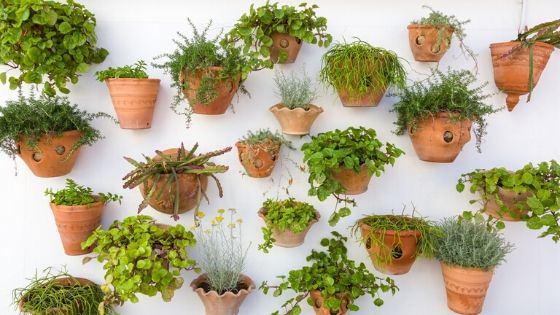
Complete list of resource links:
Just like those succulents beautifully displayed on the wall above and the other photos on this page, the Internet is full of other resources and information on succulent plants. Here’s just a few we collected for you, starting with products to get you started growing these in your garden:
- Hoffman Succulent Soil
- MiracleGro Succulent Soil
- Supla 6 piece succulents
- Valley Garden 6 piece succulent set
- Jomass ceramic 6 piece succulent set
- Binwen 7 inch square soil planter
Related Posts:
Helpful Feedback: Why are the leaves on my succulent shriveled?
NYBG Article on Easter Cactus Native to Jungle Soils
No matter which succulents you choose to grow, they all make a great low-maintenance plant!
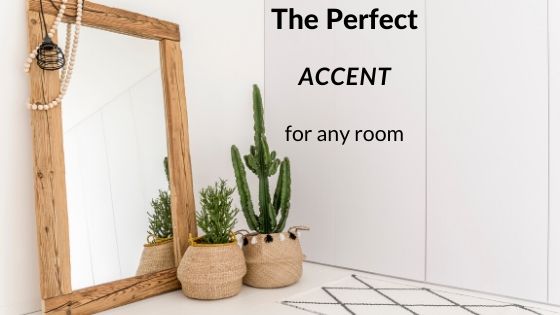
Cactus and other succulents make a helpful addition to just about any room. Many can grow in a small cup of soil and require little water or lighting. So who says you can’t take care of them, even with your busy schedule! Seriously consider adding succulents to your home or garden. You’ll be glad you did! Please feel free to reply below! Share your photos and leave us any feedback you think will be helpful for improving this article or any of the other pages on our site.
Final Summary:
- Cactus and succulent soil comes specially mixed
- Soil should be mineral rich
- Soil drainage is important
- Mixing in peat or soft pine bark works well
- A DIY mix can be more affordable
- Be sure to thoroughly mix all amendments
- Small container sizes of 2 quarts or less are okay for most succulents
- Be aware of the signs of distress we went over above

